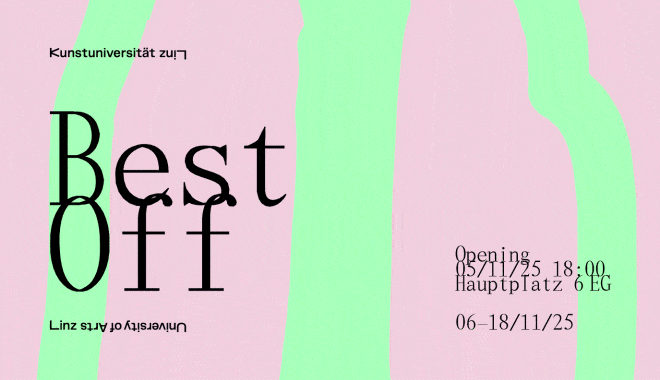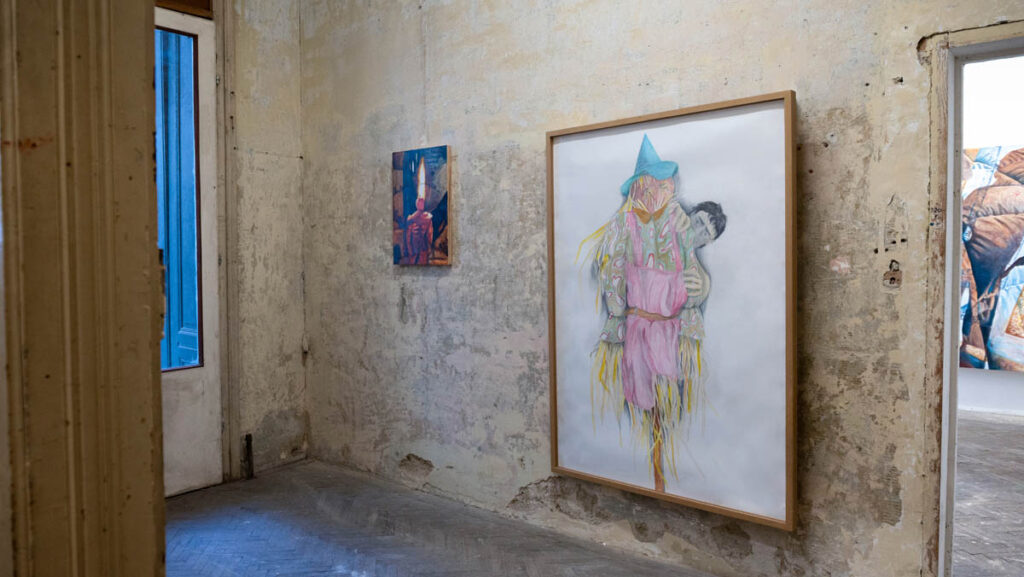
Creating art has been part of her life since childhood. What began as a deeply private form of reflection has grown into a practice rooted in awareness. At the centre of her work is love — not as sentiment or performance, but as an enduring force. In a world that often mistakes love for something fleeting or replaceable, Lavinia’s art restores its truth: unconditional love does not vanish; it transforms. Through her work, she invites viewers to slow down, to see beyond the surface, and to remember what endures when everything else fades.
A lot has happened in 2025. Looking back, what has shaped you personally and influenced your art?
My love for art, however, has always been there. I painted and drew as a child. I just never imagined showing it to the world. Art was always something deeply personal, a way to understand life and emotion, not something I planned to share publicly. But at the beginning of this year, something changed inside me. It was a quiet but decisive moment. I understood that this is the path I’m meant to walk: to change something in the world, you must first show up for it. You must create and stand behind what you believe in. I’ve always felt that art carries a message — it has the power to awaken something deep within us — yet I also see how easily that can be lost today. There is too much surface, too many artists without purpose. For some, fame has replaced meaning. I felt a need to return to what is real, to depth, to truth. At the heart of everything I create is love, and the tragedy is that humanity has replaced love with entertainment. My work is my way of remembering and protecting what love truly is.
We are surrounded by information, but very little knowledge. Social media has always felt distant to me — disconnected from the kind of presence I value — but I’ve come to accept that it is part of our collective world now. We can’t escape it, but we can use it differently. We can build meaning within it, speak truth through it, and bring back something that matters. For me, that’s what art must do: bring presence where there is noise, depth where there is distraction, and love where there is forgetting.
Observation, precision, and restraint are central to your practice. How do these qualities influence your process?
Before I start, I spend a long time simply watching: the light, the quiet, the way something breathes in space. Observation slows time; it allows truth to appear without force. Precision enters when I begin to give that vision form. Every object I place, every reflection I direct with light has a purpose. I believe in working with intention, not control, in listening to what the work is asking for rather than imposing what I want it to be. Restraint is the final act. It is knowing when to stop, when the work already holds what it needs to say. I think the most powerful pieces are the ones that still leave space, where silence and stillness exist within the form. That balance between precision and quiet is where my language lives. These qualities, observation, precision, and restraint, are also forms of love. To observe is to see without taking. To be precise is to honour what is there. To show restraint is to let something live without trying to own it. Love, to me, is the same: presence without possession, attention without demand. When I create, I try to hold that space, to let the work breathe, to let it be.
Can you explain how you prepare before beginning a new piece of work?
I don’t think we can ever truly prepare ourselves for creation — or for life. Preparation suggests control, and real creation has nothing to do with control. It comes when it chooses, not when we decide. I can create the right conditions — silence, space, light — but the moment itself arrives like breath. It’s instinct, not discipline. Sometimes I sit in the studio for hours, touching nothing. Then suddenly, something shifts — a feeling, a tone, a melody, even a single line from a song — and it unlocks something in me. It opens the door. That’s the moment when everything begins; it cannot be explained, it can only be felt. I think that’s the closest thing to faith I know: to wait, to trust, and to allow what wants to come through. Life itself is unpredictable, and art is no different. Both demand surrender. You can’t prepare for them — you can only meet them with openness. When I begin a new work, I don’t try to control the outcome. I listen. I follow. I let intuition lead me to form. It’s where stillness meets movement, where something invisible decides to become visible. It’s where presence begins.

From 18 to 21 September 2025, MEAM in Barcelona presented a special showcase of your work. How did you feel when you first learned about this opportunity?
Having my work at the European Museum of Modern Art (MEAM) felt like a quiet alignment, not success, but a moment of truth. There are places in the world that still recognise what cannot be measured by numbers or noise, and MEAM is one of them. It gave space to something I have always believed in: that art must return to presence, to care, to meaning. Exhibiting there was less about visibility and more about responsibility. When you choose to show your work, you are also choosing to speak, to say something to the world about what matters. It was not a career step but a continuation of the same question I have always carried:
What does it mean to create with integrity in a world that moves too fast to feel?
How did the historic setting of the Palau Gomis in El Born influence or inspire your presentation?
The Palau Gomis is not just a building: it is a living organism made of breath, time, and memory. Its walls have absorbed centuries of human presence: voices, footsteps, light that has touched countless surfaces. When I first entered, I saw a consciousness, a space that remembers. That old architecture carries the quiet weight of what has already been lived. The cracks, the uneven light, the still air, they all speak of endurance. I wanted my work to enter into that dialogue, not to interrupt it. The space already had its own language; I only added another tone. I thought a lot about humility – about how a work of art should never try to dominate its surroundings – but listen, respond, and adapt. Light in the Palau moves differently. It does not illuminate; it reveals. It uncovers layers of emotion in both the space and the work. The experience reminded me that in the end, all art is temporary, but the feeling it evokes can become part of a place’s memory. That is the beauty of it: to leave behind not an object, but a trace, something felt, not seen. To show work in a space like that is to recognise continuity. The walls remain, and we become a brief echo within them.
The XV Florence Biennale, held in October 2025, was centered on the theme ‘The Sublime Essence of Light and Darkness.’ How did you interpret this theme in the works you exhibited
Light and darkness are not opposites to me. They are two movements of the same breath. One cannot exist without the other. Light reveals, darkness protects. Together, they create the rhythm of seeing, of knowing, of being. My works explored that fragile intersection. Transparent layers, veiled figures, shifting reflections, they all carried a quiet conversation between visibility and concealment. What we see and what we sense but cannot name. I wanted the viewer to feel not clarity, but depth, to understand that the sublime is not an explosion, but a whisper. For me, light and darkness are also inner states. They live in us, our joys, our silences, our grief, our tenderness. In my work, the sublime essence of these two is not about transcendence, but return. A return to feeling, to vulnerability, to truth. Florence itself amplified that experience. The city breathes devotion, not only to beauty, but to the act of seeing. The light that entered those walls, the shadows that moved across the surface, they became part of the work.
And in that, I found the true meaning of the theme: not to escape darkness, but to see how it holds the light.
Which specific pieces did you present, and could you talk about them in detail?
In Florence, I presented The Call, Masked Cultivator, and The Comfort of Collapse. Each belongs to a body of staged photographic works that explore the tension between visibility and concealment, intimacy and distance, being and disappearance. The Call is about listening — not to sound, but to what lies beneath silence. It speaks of awakening, of the moment something within us remembers. There is a quiet pull in the image, a kind of invisible gravity that draws the viewer inward, toward the point where emotion becomes presence. Masked Cultivator reflects on the way we construct and protect identity. The mask in this piece is not a disguise, but a form of survival — a way of tending to the inner world while navigating the outer one. It’s about creation as both shield and revelation, and how everybody, in some way, cultivates what cannot be seen. The Comfort of Collapse looks at surrender — the beauty that exists in moments of complete unravelling. Collapse, to me, is not an ending, but a form of truth. When everything falls, what remains is what’s real. The image carries that quiet acceptance, a tenderness toward impermanence.
Together, these works form a dialogue between strength and fragility. They question how much of ourselves we reveal and how much we protect. I wanted viewers to stand before and experience a recognition, the kind that happens in silence, when something within us softly says, „I know this feeling.“
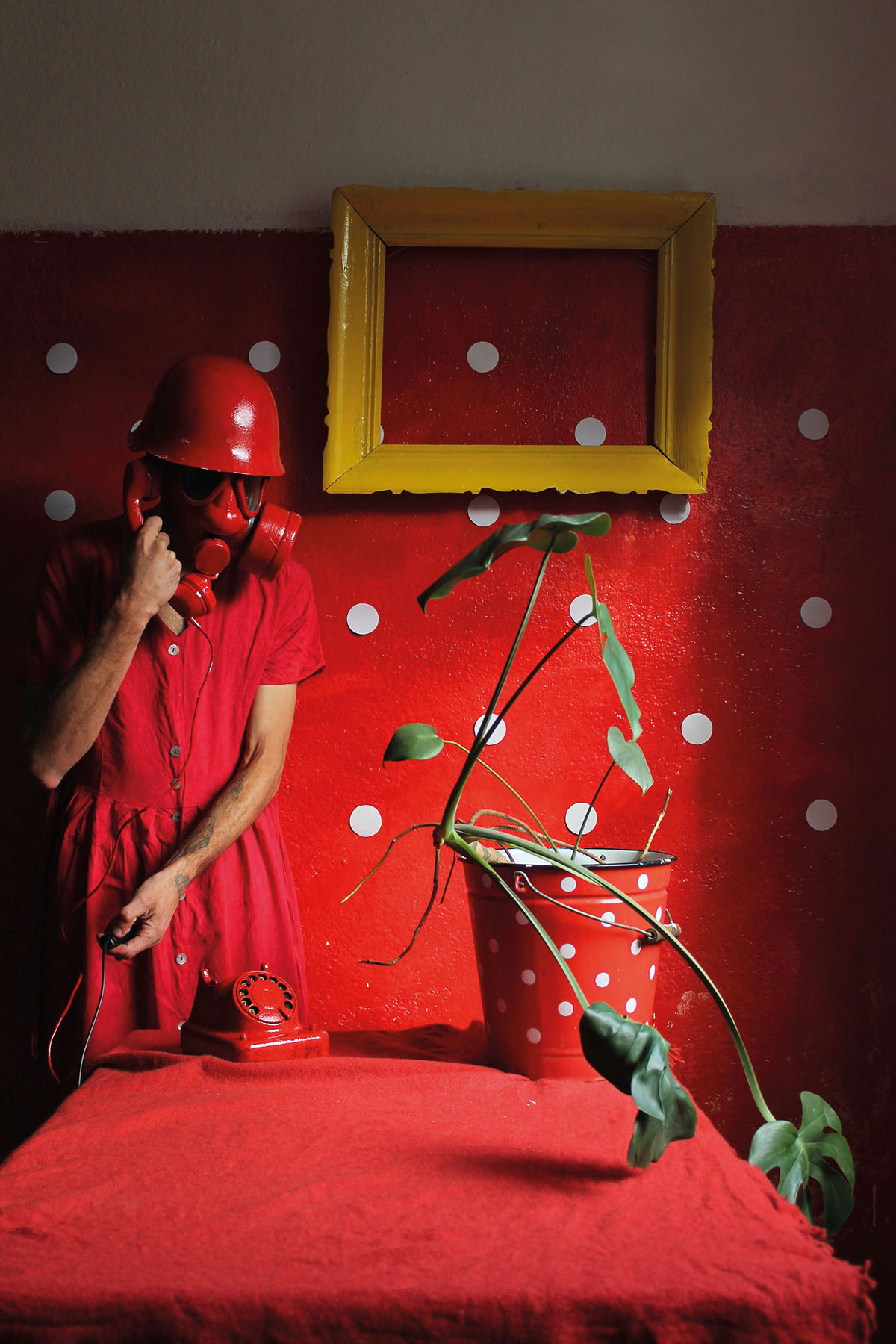
How was your stay in Florence?
Florence felt like walking inside a heartbeat that never stopped. The city itself breathes creation, not as display, but as memory. Every stone, every light, every quiet corner holds a conversation between centuries. My days there were filled with reflection and contradiction, beauty and fatigue, connection and solitude. I met extraordinary artists whose sincerity moved me. Their eyes were honest, the kind that reminds you why we create in the first place, not for validation, but for truth. In those moments, I felt hope, the kind that belongs only to those who still believe in art as a language of the soul. And yet, I also felt sadness. The Biennale, in its current form, no longer carries the spirit it once promised. It felt more like an art fair than a gathering of vision — a space driven by spectacle and transaction rather than reverence.
Your poetry book Timeless Love, published in 2025, deals with love and lasting relationships. What was your personal motivation behind the book?
Timeless Love was born from silence, from everything that could not be said in any other form. The words came in fragments, in moments of remembering, of losing, of seeing love stripped of all illusion. We live in a time where love is often mistaken for something temporary, replaceable, decorative. The kind of love I write about is not that. It is the one that stays, even when form changes, even when time dissolves. It is the love that continues beyond explanation. Writing this book was my way of tracing the invisible, of exploring how love exists beyond physical presence, beyond reason. It is about the kind of connection that does not end; it transforms. Sometimes through distance, sometimes through pain, sometimes through absolute stillness. When I began writing, I did not think about publishing. I wrote what I needed to understand. But at some point, something shifted in me, and I realised that to create change, one must also address difficult matters, to speak what others keep silent. The book became a record of that awakening, a reminder that love, real love, is the only thing that endures. It asks nothing, yet gives everything. It teaches us who we are when everything else falls away.
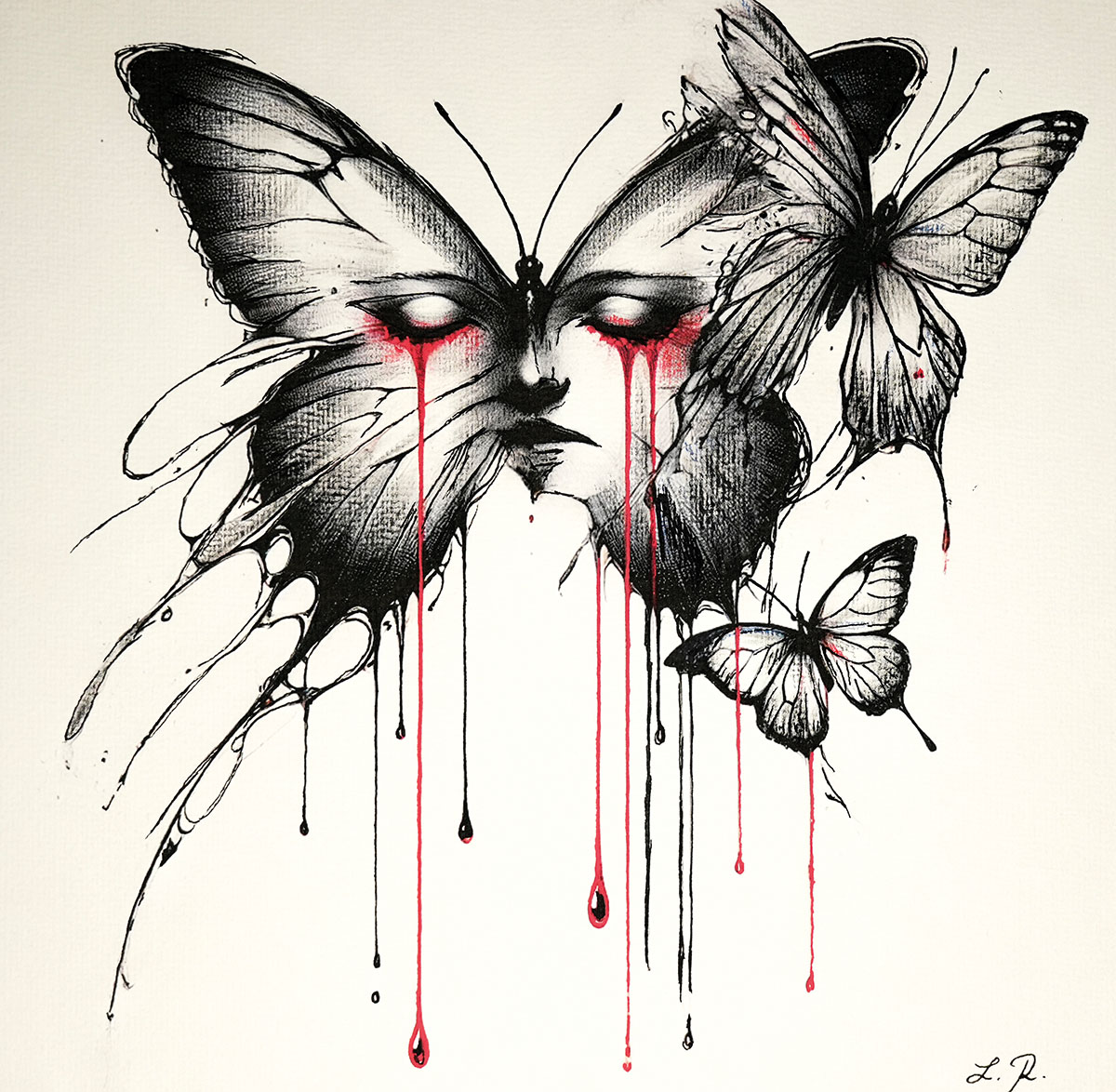
Could you tell us what the book cover means to you?
The Fragile Truth of Love was created in a moment when words no longer felt enough. It came from a silence that asked to be seen, not described. I never painted it with the thought of it becoming a book cover; it revealed its meaning only later, when I understood that it had always belonged to Timeless Love. This work holds the essence of everything I believe about love. It is not a declaration, it is a confession. The surface is soft, almost weightless, yet beneath it lie countless layers, traces of gesture, doubt, and tenderness. The fragility you see is not weakness; it is the courage to remain open, to stay sensitive in a world that worships certainty. For me, this painting became a meditation on the truth that love and truth itself are inseparable. Both require surrender. Both ask you to stand unguarded. Love is not beautiful because it is painless; it is lovely because it keeps choosing to exist even through the pain. The title came after, because truth, like love, cannot be possessed or controlled. It asks to be met, not mastered. When I see it now, I no longer see a painting; I see a living moment, a bridge between language and feeling. It carries both the weight and the gentleness of what it means to love and remain free.
How does the book reflect your own understanding of love?
For me, love is not a subject. It is the essence behind everything that exists. Timeless Love is not about love as an experience, but as a condition of being. It reflects how I have come to understand love not as attachment, but as recognition, the moment when something in you remembers something in another. The book mirrors my belief that love is eternal, not because it lasts forever in time, but because it exists outside of time. It does not begin and end the way human stories do. It moves through us, shapes us, leaves traces that change who we are long after the form of it has passed. In my writing, I tried to express that love is not always kind or gentle. It is often the force that dismantles what is false, so that what is true can emerge. To love deeply is to accept transformation, to allow oneself to be undone by truth, and remain open. I have learned that love’s greatest act is not possession, but presence. It does not need to claim, to define, to prove. It simply is. It watches, forgives, returns. It has no opposite, because even in loss, love remains, changed in shape, but not in essence.
Timeless Love reflects that understanding. I wanted the book to remind people that love is not something we find; it is something we remember. It is the quiet rhythm beneath everything alive. In a world that mistakes love for transaction, I wanted to return to its origin, to the place where love exists, unowned, unending, real.
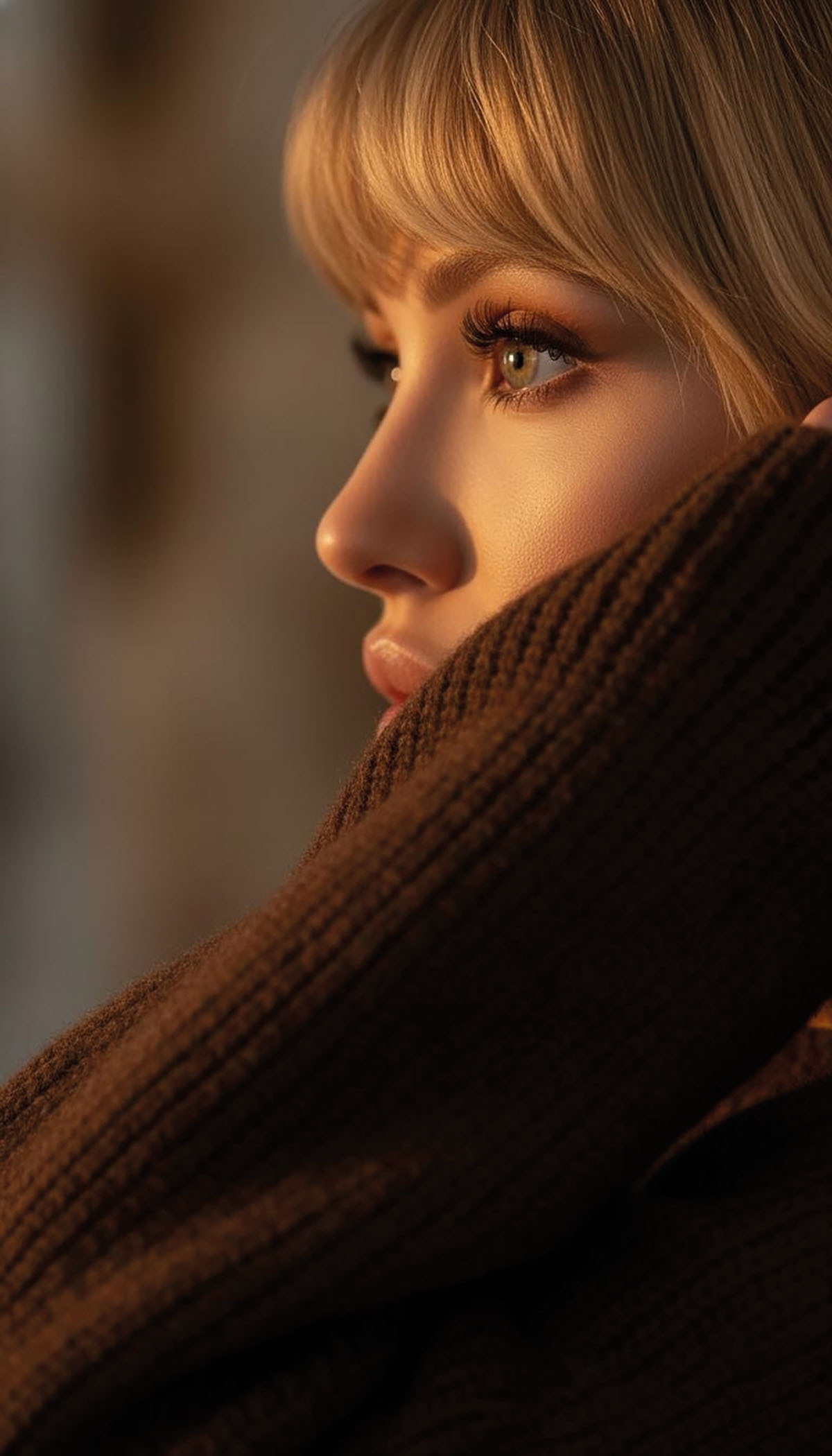
Did you have a similar process when writing the poems as you do with your artworks, or was it a completely different experience?
It felt very similar. Something began to move through me, and I followed it until it found its form. Every word had weight, every pause had meaning. I listened more than I wrote. Often, the lines came in fragments, a single image, a rhythm, a sentence. I learned to let it arrive without trying to control it, just as I do when I paint. Both processes demand the same honesty, to be fully present, to let intuition lead. When I create, I enter a kind of stillness where boundaries between mediums disappear. Words become texture; colour becomes sound; silence becomes part of the composition. The difference lies only in how the energy manifests. Painting is tactile; it moves through the body, through gesture and touch. Writing moves through breath, through the inner ear. What connects them most, I think, is love, not as subject but as source. When I write or paint, I am not trying to capture beauty; I am trying to remember truth. It is a dialogue with what is invisible. It is how I make the unseen visible, how I stay in conversation with what I cannot lose.
Where can people purchase the book?
Timeless Love is available through select bookstores, online platforms, international art and poetry channels, as well as directly via my exhibitions and my website. I strongly believe certain books arrive when we are ready for them, when something in us begins to search for what the pages already hold. It is not about distribution or numbers; it is about resonance. I wanted people to receive it not as a product, but as an offering, something personal, something that carries the same stillness in which it was created. Every copy feels like a continuation of the dialogue that began in silence. I hope that anyone who holds it carries a reflection of what love still means in a world that often forgets.

In some of your recent works, related to Setouchi Triennale 2025 in Japan, you appear as a model in your own pieces for the first time. What led you to make that decision?
It was not a decision in the usual sense; it was more like a necessity. For a long time, I stayed behind the camera, behind the brush, behind the language. I created spaces for others to inhabit, emotions for others to carry. But at some point, I realised that the distance between the creator and the creation was no longer honest. There was something in me that needed to step into the frame, not as a performer but as a witness, to no longer observe emotion from afar but to embody it. At the Setouchi Triennale, surrounded by sea and silence, this felt especially right. The landscape itself holds a spiritual stillness, a kind of sacred simplicity that dissolves all pretense. In that environment, I understood that to create authentically, I also had to become part of the work. To stand there was to say: I am not separate from what I make. I am what I create. It was an act of returning to myself, to truth, to the origin of art as communion between body, soul, and world.
Could you tell me about the processes and concepts behind these works?
The works shown at the Setouchi Triennale were created on the idea that the body, space, and silence can become language. I wanted to explore what happens when the artist stops observing and begins to be. When creation is no longer about image, but about embodiment. Each photograph began in stillness. I built the scenes intuitively, layer by layer, using real materials, natural light, and movement. It was important to me that each frame carried the weight of truth, that it breathed with something unrepeatable. Conceptually, these works are about what it means to be seen and unseen — about disappearance, and the quiet courage it takes to exist authentically in a world built on spectacle. They ask how much of ourselves we lose when we are constantly performing, and how much we can rediscover when we return to stillness.
The process was both physical and spiritual. Every gesture, every breath became part of the composition. I often felt that the work was not being made by me, but through me — as if something wordless was trying to remember itself through my hands. These pieces reflect the space between presence and vanishing — between the human and the eternal. They are about surrender, but also about renewal. About the moment when we realise that to truly see, we must stop looking — and to truly exist, we must stop performing. In the end, the process became a mirror. Not one that reflects the self, but one that reveals the invisible thread between love, art, and being.

What do you hope people will take away from experiencing your work?
I hope that when they stand before it, they feel a silence that speaks, a memory that stirs, a softness they had forgotten. My work is not there to explain, convince, or impress. It is there to remind us that sensitivity is not weakness, that love is not illusion, that truth still exists even in a world built on noise. If someone leaves my work feeling more present, more awake, more capable of seeing beauty in what is fragile, then I have done enough.
Art, for me, has never been about showing something new. It is about helping us remember what was always there, just covered by distraction. What I hope most is that people feel seen in the work, that they recognise their own tenderness, their own longing, their own quiet strength reflected at them. In the end, every piece I create is not only about me; it is about all of us, about what connects us beyond language and form. If it touches even one person enough to make them feel less alone in this world, then it has already fulfilled its purpose.
You will be participating in the 127th Annual Exhibition at the Royal Scottish Academy in Edinburgh from 11 January to 4 February 2026. Could you share what this opportunity means to you as an artist?
To be part of this exhibition feels like a moment of alignment, a point in time when the inner and outer worlds meet, when years of silence, doubt, and devotion find their place in the open. The Royal Scottish Academy carries a long history of art that has endured beyond trends, art that was created not to please but to speak. To stand among such a lineage reminds me why I create: not for recognition, but for remembrance. Because art, at its truest, is not about expression; it is about revelation. For me, this moment is a quiet confirmation that when you walk your path with truth, even when unseen, the right spaces will find you. It reminds me that art moves through time not as decoration but as consciousness. Each artist, in their own way, contributes to the ongoing memory of what it means to be human. This opportunity is not about visibility. It is about responsibility, to protect what is sacred in creation, to resist the noise that turns art into spectacle, to hold the line between what is seen and what is felt, between beauty and meaning.
To exhibit in Edinburgh, in a place built by generations of artists who believed in the power of art to shape the human spirit, feels like a return, a reminder that no matter how fragmented the world becomes, art still carries the language of wholeness. It is deeply moving to know that my work, born from silence, can now stand in dialogue with others who have dedicated their lives to truth in form and feeling. What this moment means to me is not success but continuity, the awareness that we are only ever part of something greater, that our role as artists is not to shine but to keep the flame alive.
What projects are you currently working on? What are your aspirations for 2026?
At this moment, my work feels like a quiet unfolding. I am creating new paintings, drawings, and staged photographs, but more than that, I am exploring presence itself, how something can exist and dissolve at once. I am also continuing to develop installation works that merge sound, poetry, and image, not as separate disciplines but as one continuous gesture. I intend to create spaces where people can feel rather than analyse, where the boundary between viewer and artwork dissolves, and what remains is simply presence. For 2026, my aspiration is not expansion, but deepening. I want to create with greater awareness, greater truth, greater compassion. The world is moving fast, often without reflection, but art, I believe, must move differently. It must slow down. It must restore what speed has taken: attention, tenderness, and meaning. My greatest wish is to continue building a body of work that remembers what we are losing: love, empathy, stillness, connection. I do not want to add more noise to the world; I want to create silence that heals. In many ways, my aspiration is not a goal but a prayer: that art may return to its original purpose, to awaken, to restore, to remind us of the sacredness of being alive. I want to keep creating works that exist beyond their surface, that reach into the invisible, that stay with people long after they leave the room. Because to me, that is what art is meant to do: not to impress, but to transform. Above all, I wish to remain true to myself, to the work, and to the love that moves through it all.
Lavinia de Rothschild – www.ldrfineart.com, www.instagram.com/laviniaderothschild/



